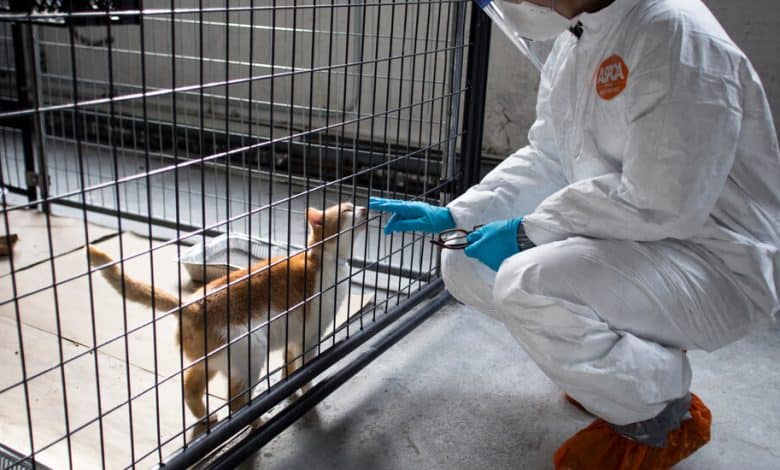Bird Flu Is Infecting Cats (and the Occasional Dog). Here’s What to Know.

Over the past few months, a bird flu outbreak has spread swiftly through dairy cows in the United States, infecting more than 90 herds in 12 states. Along the way, the virus has caused collateral damage in several other species, spreading from dairies to poultry farms and from cows into at least three farm workers, who developed symptoms of mild illness.
It has also caused mounting casualties in cats. On some dairy farms, sick or dead cats have provided an early signal that something was amiss. “They’re a bit of a canary in a coal mine,” Dr. Kammy Johnson, a veterinary epidemiologist for the Agriculture Department, said at a news briefing on Thursday.
Since the dairy outbreak was first detected in late March, at least 21 cats in nine states have caught the virus, according to the department, which recently began tracking the feline cases.
Scientists have long known that cats are vulnerable to being infected by avian influenza, a group of flu viruses typically found in birds. In 2020, a new version of a bird flu virus, known as H5N1, emerged. It has spread rapidly around the world, infecting many wild birds and repeatedly spilling over into mammals, including cats.
“Domestic cats are actually highly susceptible to avian influenza, and especially H5N1,” said Kristen Coleman, an infectious disease researcher at the University of Maryland. “But there has been a recent uptick in domestic cat infections, a drastic uptick.”
There have been sporadic reports of infected dogs, too.
While bird flu infections of pets remain rare overall, they can be severe, especially in cats. “It results in very severe illness and oftentimes death,” Dr. Coleman said. “So it’s very serious, and it should be taken seriously.”